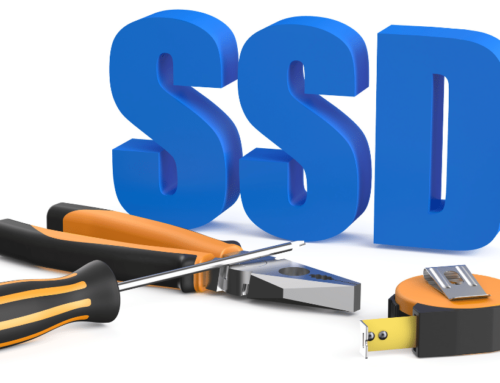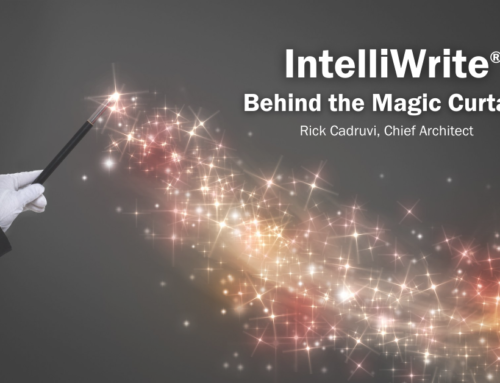Disruption is a popular word these days. Is it the replacement for innovation, which we’ve overused into pointlessness over the past ten years? Maybe, but disruption means more: it carries the weight of shaking up the status quo—of not only creating something new—but creating something that shifts models and opens our eyes to possibility.
We talk about disruption like it’s a new thing, cooked-up by a team of marketers in a conference room somewhere. But its roots lie in a theory introduced by an Austrian economist in 1942. Joseph Schumpeter captured the world’s attention in only six pages, where he clarified the free market’s muddled way of delivering progress. He called this theory Creative Destruction.
I don’t have a PhD in economics so I’ll dodge the minutiae, but the overall meaning of the theory is what resonates—as it should to anyone engaged in business today. “Creative destruction is the same process of industrial mutation that revolutionizes the economic structure from within, incessantly destroying the old one and incessantly creating a new one.”
Simply put, to continually move forward we must be willing to embrace the destruction of what came before.
Economists often use the Montgomery Ward example. MW started as a mail-order company in the nineteenth century. With no cars or trucks in those days, and most Americans living in small rural pockets, it was too costly to ship products to widely-dispersed local stores. That model would result in a high cost to the consumer, making goods too expensive for the average buyer. So instead MW turned its enormous Chicago warehouse (complete with a railroad running through it) into its hub, and used the already well-established US mail to deliver products directly to customers at a low cost.
And a successful model it was. With a high-volume of sales, MW could charge lower prices. By the 1890s Montgomery Ward was the world’s largest retailer. But all that came to an end. Why? Because over time Americans were moving to urban centers and could afford a higher standard of living.
Robert Wood was an MW exec, and may well be the first adopter of Big Data on record. He analyzed data, studied the census, and saw the shift in American lifestyle. He presented his findings to leadership, suggesting that selling goods through a chain of urban department stores would replace the mail-order model as the most profitable path for retail.
So MW did what any unmovable enterprise would do. They fired him.
Meanwhile James Cash Penney recognized the same trends as Robert Wood, and it wasn’t long before J.C. Penney stores put a serious dent in MW’s profits. The mail-order giant was late to the party and couldn’t change direction fast enough. And Robert Wood? He went to work for Sears, who also took a big bite out of MW’s market share.
Remind you of anything? Netflix and Blockbuster. Blockbuster was the established enterprise, staring streaming revenue in the face, yet unable to let go of profits from the rental market. Netflix is the newcomer—the creative destructor—free from the ball and chain of a dying business model, free to focus 100% on new streaming revenue. And we all know the end of that story.
We also know that business is anything but stagnant, there are waves and cycles, and the same is true of companies. It’s very difficult (impossible?) for an established enterprise to turn around, to be truly disruptive, and to compete with newcomers. But if you’re an organization that can stomach the destruction of what came before to create new growth and opportunity, you might stand a chance.
Condusiv is unique. We’re a software company with a 30-year history as an established player in file system management and caching technologies. But in the spirit of disruption—of creative destruction—we’ve shifted all our focus and resources to V-locity, our flagship product that in itself signifies disruption in how organizations run their data centers. A 100% software approach to solving today’s application performance issues at the root on the VM or OS layer, without requiring any additional hardware.
When you embrace creative destruction you must ceaselessly devalue existing wealth in order to clear the ground for the creation of new wealth.
It’s true, our discussions may be very different from those had in other conference rooms. But that’s what disruption should be about—that’s how Condusiv can deliver performance in a software solution at 1/10th the cost of the hardware alternative. While others go for margin erosion—trying to win business by saving customers 20 cents on every dollar spent, we help customers save 90 cents on every dollar.
As a channel partner, we allow you to fulfill your mission to your customers with added value, while also protecting your bottom line with a generous software margin that grows your profit over razor thin commodity hardware margins. You win. Your customer wins. A new market is emerging where hardware becomes the 2nd option for improved application performance.
Welcome to our conference room.






Leave A Comment
You must be logged in to post a comment.